Wedding Traditions Around the World
Embark on a Journey of Love: Unveil Global Wedding Traditions!
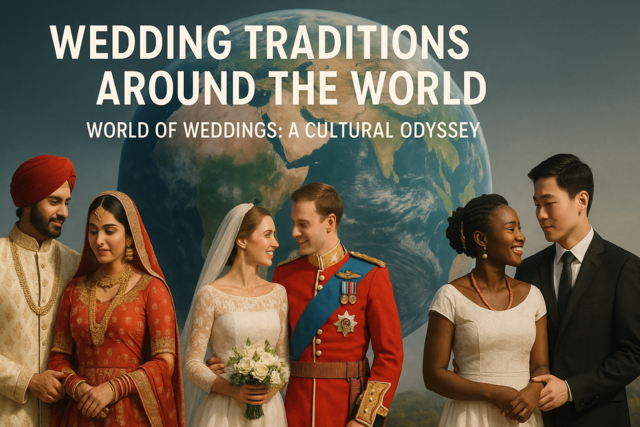
7 Hours average completion time
0.7 CEUs
14 Lessons
27 Exams & Assignments
6 Discussions
14 Videos
28 Reference Files
86 Articles
Mobile Friendly
Last Updated December 2025
World of Weddings: A Cultural Odyssey
Ever been captivated by the allure of a vibrant Indian wedding, the regality of a British royal wedding, or the heartwarming simplicity of an African tribal union? Are you enthralled by the idea of exploring global wedding traditions, both ancient and modern, and understanding their deep-rooted significance?
Whether you're a soon-to-be bride, a curious traveler, a wedding planner, or just someone with a penchant for world cultures, this meticulously curated course offers you an exclusive journey through the most cherished wedding customs around the globe.
Why Dive into this Cultural Extravaganza?
-
A Cultural Exploration: Understand the essence of love and unity as expressed through various cultural lenses. This is not just about the spectacle of grand ceremonies, but about grasping the profound meanings and stories behind every ritual.
-
A Personal Touch: Perhaps you're yearning to add an international flavor to your big day or wish to honor your ancestral roots. Our comprehensive guide will assist you in weaving authentic global elements into your own ceremony.
-
Mindful Participation: If you've ever been invited to a culturally distinct wedding, this course equips you to partake in the celebration respectfully and knowledgeably.
-
Inspiration for Professionals: Wedding planners and event organizers can draw unique ideas and insights to cater to increasingly diverse clientele and create unforgettable experiences.
-
Intriguing Economics of Matrimony: Venture beyond traditions and delve into the lucrative world of the bridal industry. Understand the business dynamics of everything, from diamond rings to grand venues.
Course Highlights:
-
Courtship Chronicles: Trace the fascinating journey of love from the initial courtship stages through engagement across cultures.
-
Pre-Wedding Rituals: Delve into the mesmerizing tapestry of pre-wedding ceremonies that prepare couples for their special day.
-
Ceremonial Grandeur: Experience the majesty and intimacy of wedding ceremonies from the East to the West, and from the traditional to the contemporary.
-
Fashion & Finery: Admire the stunning array of wedding attires, each telling a story of its culture, climate, and history.
-
Western Meets World: Analyze the influence and integration of Western wedding customs in various societies.
-
Bespoke Ceremonies: Explore offbeat weddings that challenge norms and redefine traditions.
-
The Price of Love: Understand the intricacies of wedding expenses and the choices that influence them.
Embark on a Journey: With 14 meticulously designed lessons, "World of Weddings: A Cultural Odyssey" guarantees a rich learning experience. Each lesson is more than mere information; it's an invitation to witness love stories from across continents, to be part of centuries-old traditions, and to respect the diversity that our world so beautifully offers.
Your quest for understanding global matrimonial customs ends here. Enroll now and immerse yourself in a world where love knows no boundaries and traditions are the threads that weave the fabric of our shared humanity.
- Heritage preservation skills
- Ritual significance interpretation
- Global communication proficiency
- Historical context analysis
- Event planning insights
- Intercultural adaptability
- Cross-cultural respect development
- Creative inspiration and innovation
- Cultural appreciation and understanding
-

Home Safety
-

Cooking Class Bundle: 5 Cooking Courses
-

Anti Aging Techniques
-
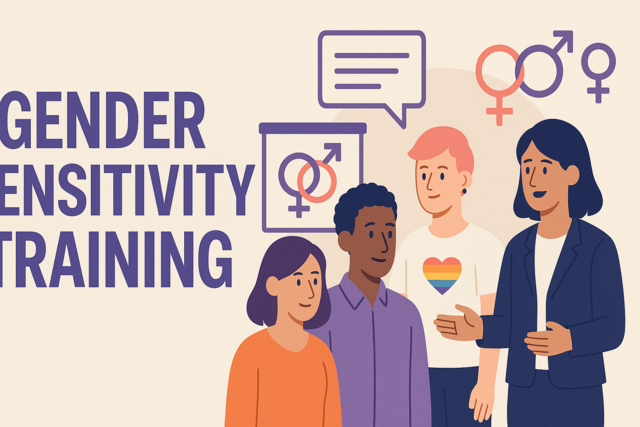
Gender Sensitivity Training
-

Advertising, Marketing and Sales Writing
-

Community Development 101
-

Global Anti-Corruption and Bribery
-

Beyond the Crust: The Heart and Soul of Bread Baking
-

Event Management Course Bundle
-

How to Draw 101
-
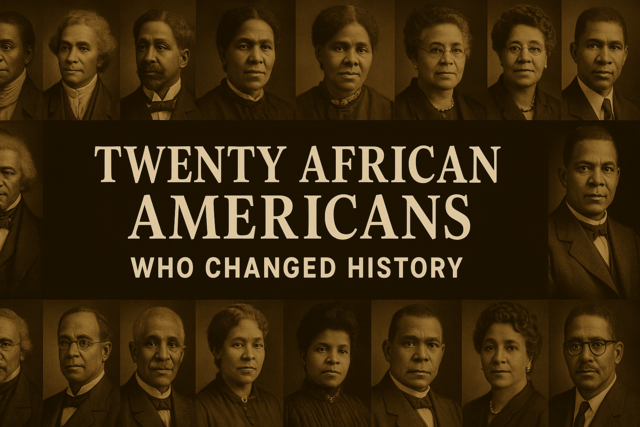
Twenty African Americans Who Changed History
-
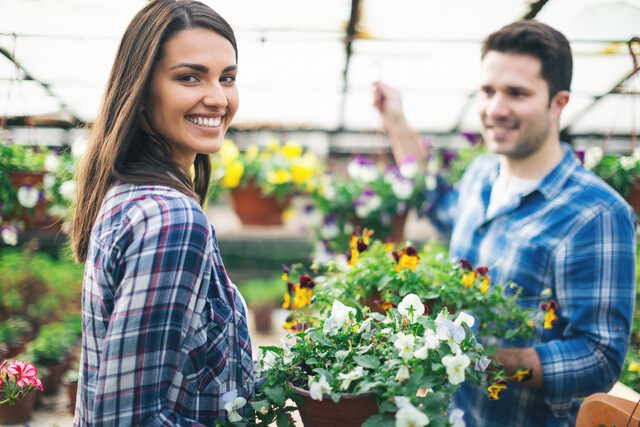
Landscaping 101
-

Special Events Planning
-

Watercolor Painting
-

Wedding Traditions Around the World
-

Etiquette for Children and Teens
-

Mixed Media Art
-

Wedding Planning 101
-

Western Calligraphy
-

American Civil War
-

How to Decorate a Room
-

Image Consultant
-

Event Planning 101
-

Business Professionalism
-
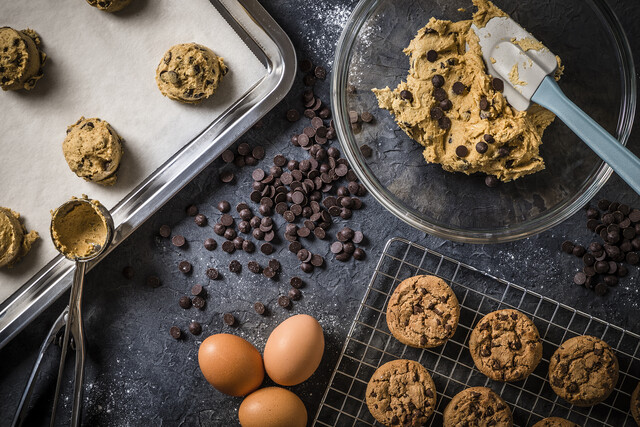
How to Bake Cookies
